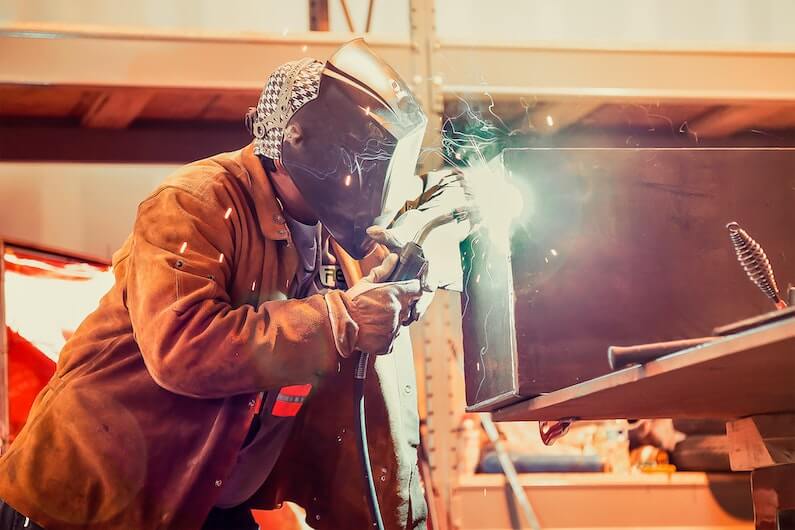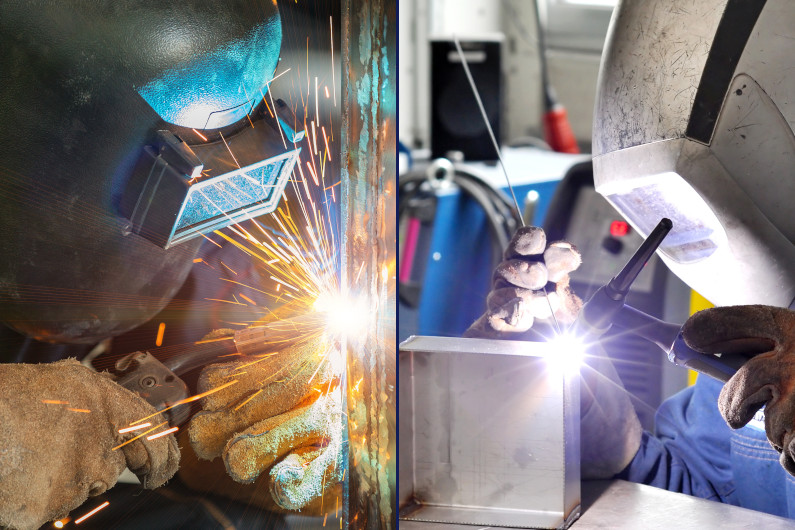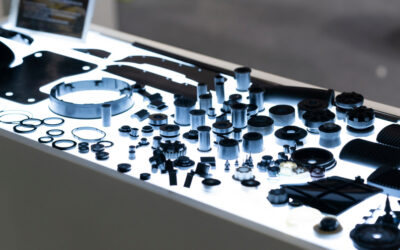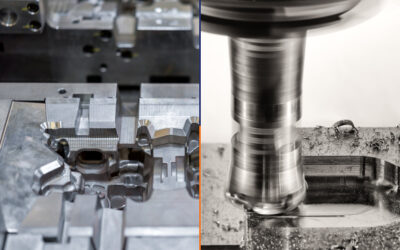When it comes to welding, there are a variety of different methods that can be used to join metal together. The type of welding you choose will depend on the materials you work with, the thickness of the metal, and the desired results. Each type of welding has its own advantages and disadvantages, and it is essential to select the proper process for the job at hand.
Two of the most common methods are MIG and TIG welding. MIG welding is an acronym for “metal inert gas” welding, while TIG welding stands for “tungsten inert gas.” Both have their own unique benefits, and the best method for a particular project will depend on a variety of factors. By taking the time to select the correct process, you can help ensure a successful weld.
This article will give you a few tips to help you choose the right method for your next welding project.
What is MIG Welding?
MIG welding is a method that uses an electric arc to join metals. The process is semi-automatic, meaning that the welder controls the wire feed speed and is propelled through a nozzle for continuous welding. A power source provides an electric arc between the workpiece and the electrode.
The heat from the arc melts the filler metal and base metal, which are then forced together by the pressure of the gas to create a weld pool. Once the weld pool cools, a strong joint is formed. The molten metal then cools and forms a strong bond. MIG welding can be used on a number of metals, including stainless steel, carbon steel, and aluminum.
The Benefits of MIG Welding
The electrode, or welding wire, is made of mild steel. It doesn’t take as much heat to weld with MIG as it does with other arc welding processes because the wire itself is the electrode and doesn’t need to be preheated. MIG also doesn’t produce as much slag, so there’s less cleanup afterward.
MIG welding is usually used for thinner metals. It can be used on thicker metals, but it takes more practice to master the technique. MIG can burn holes through the metal on very thin metals, such as tin foil. MIG welding produces a lot of sparks, so it’s important to wear proper safety gear, including gloves, a face mask, and welding goggles.
What is TIG Welding?
TIG welding is a type of welding method that uses an arc welding torch to heat metal workpieces. The arc is generated between a tungsten electrode and the workpiece, and the heat of the arc melts the metal workpieces. An inert gas protects and cools the weld area from atmospheric contamination. This welding process is used on various metals, such as stainless steel and nickel alloys.
It is often used for welding projects that require precise control over the weld bead, such as aerospace components and medical implants. TIG welding can also be used for low-volume production runs or one-off custom fabrication jobs. Thanks to its versatility and precision, TIG welding has become one of the most popular welding processes in recent years.
The Benefits of TIG Welding
TIG welding offers several advantages over other types of welding. The most notable advantage is the ability to produce high-quality welds without the use of filler material. This makes TIG welding ideal for applications where cosmetic appeal is important, such as in the automotive industry. In addition, it provides more precise control over the heat input, which means less warping and distortion of the metal
This versatility makes TIG welding a popular choice for both manufacturing and repair applications. Another advantage of TIG welding is its relatively low level of noise and fumes compared to other welding processes. This makes it more comfortable for both the welder and nearby workers. Finally, TIG welding generally requires less cleanup than other processes since there is no need to remove slag from the weld area.
MIG vs. TIG Welding: How to Choose the Right Method for Your Project
Both have their own advantages and disadvantages, so the best way to choose between them is to assess your specific needs. If you’re looking for a high-quality weld that can withstand a lot of stress, TIG is the better option. The process is slower and more difficult to learn than MIG, but it produces a stronger weld.
On the other hand, if you need to weld quickly and don’t mind sacrificing some strength, MIG is the way to go. It’s faster and easier to learn than TIG, making it ideal for projects that require a quick turnaround. Ultimately, the best way to choose between TIG and MIG is to evaluate your needs and decide which process will best suit your project.
At Gensun, we understand that choosing the right welding process can be critical to the success of your project. With so many options available, it can be difficult to know which one is best suited for your specific application. That’s why our team of experts is always available to provide guidance, support, and top-notch China welding services. We will work with you to assess your needs and recommend the best welding process for your project.






